The Independent's journalism is supported by our readers. When you purchase through links on our site, we may earn commission. Why trust us?
Dyson airwrap review: We tested the new hair styler to see if it’s as good as the original
With two new brushes, barrels and a smoothing attachment this might be the brand’s best styler yet
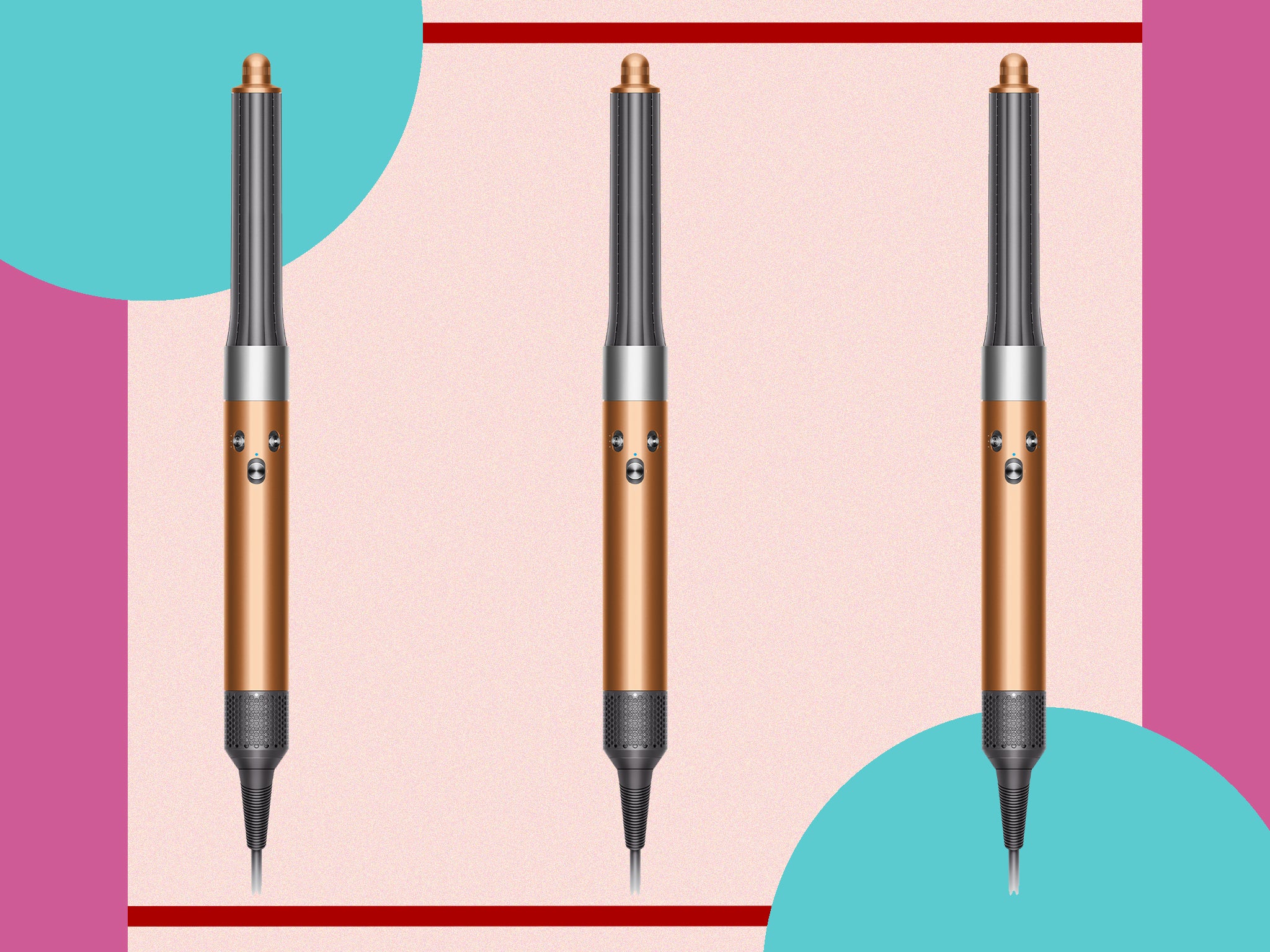
When Dyson launched its, now-cult, airwrap back in 2018, it quickly became a must-have product.
The world had never seen anything like it and its ability to dry and style hair from wet, creating salon-worthy finishes without ever using extreme heat, was nothing short of a miracle.
Now, four years after its initial launch, the tech company has “radically re-designed” the tool, claiming that it’s now even better than ever.
The Dyson airwrap multi-styler (£479.99, Dyson.co.uk) has an updated range of new and redesigned attachments that, the brand says, will make styling hair quicker and easier than models that have come before it.
But how exactly does the 2022 model compare to the original? Here, we put the newest Dyson to the test to let you know whether it’s worth investing in.
Read more:
How we tested
Our tester has had the original airwrap for a couple of years now and uses it almost every time she dries and styles her hair – sometimes to do her whole head of shoulder-length hair, other times just to style her grown-out fringe. She replaced the older model with the new multi-styler complete, so she was able to do a direct comparison. Nothing else about her usual hair washing or drying routine changed though and this is what she found...
Dyson airwrap multi-styler: £479.99, Dyson.co.uk
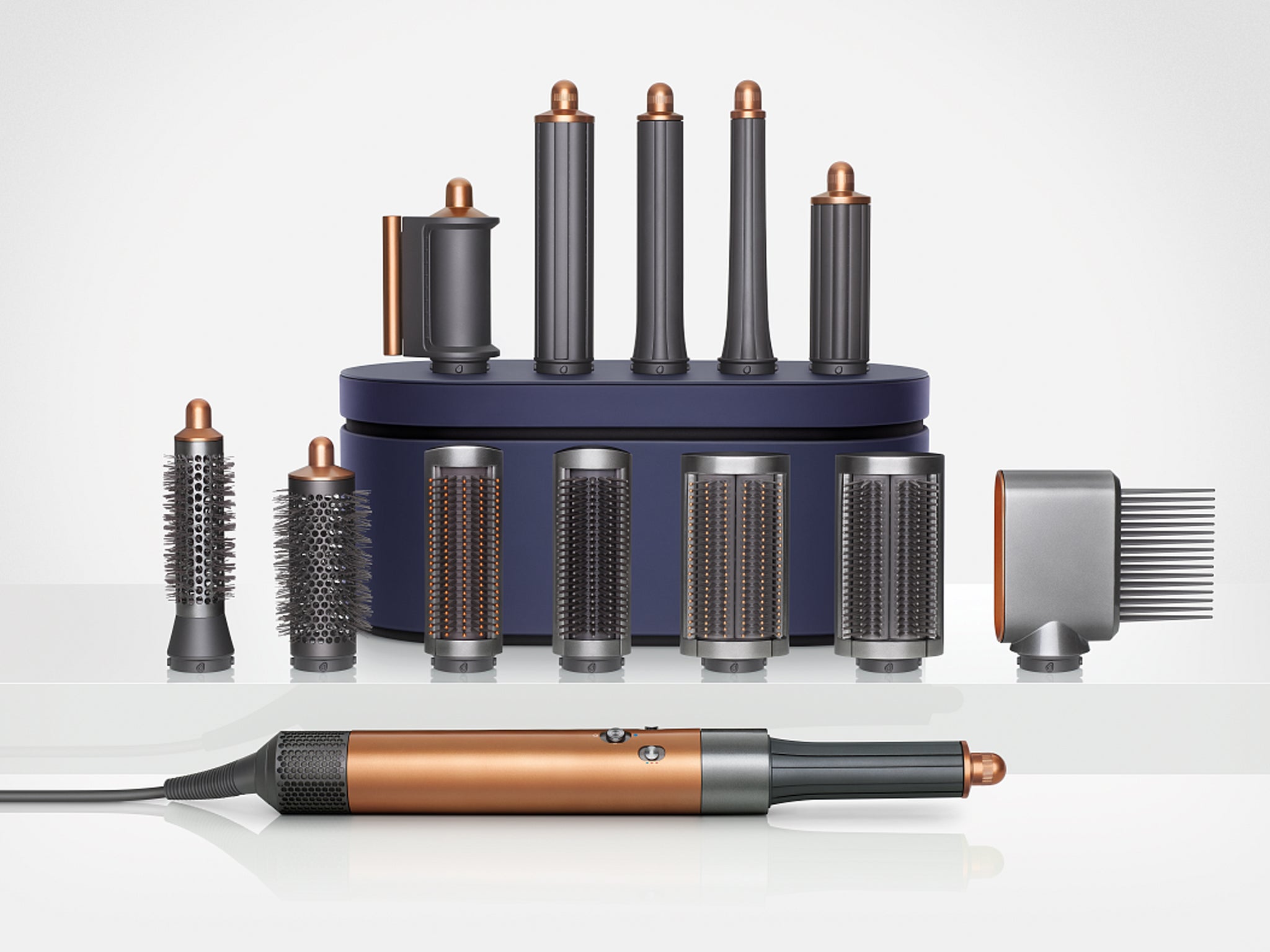
The updated technology and attachments
Dyson’s Coanda effect – dubbed as an “aerodynamic phenomenon” – is, in short, a way of manipulating air flow. When air is propelled at exactly the right speed and pressure, it will naturally follow a straight line, taking the surrounding hair with it. Using that technology, the airwrap works by creating a spinning vortex of air around the chosen attachment that then attracts, wraps and styles hair. A cold blast of air then sets the style in place.
The new airwrap has a slightly faster air flow which should make drying quicker, and there are only three different heat settings compared to the four on the original – an update that we assume is to ensure minimal heat damage.
Read more: We find out if the Dyson airwrap or ghd creative curl wand is best
Aside from being perpetually difficult to get hold of, one of the biggest bugbears with the original Dyson airwrap is that air could only flow in one direction on the curling barrels. This meant they needed to be changed mid-way through styling depending whether you wanted to create either clockwise or anti-clockwise curls.
Now, new barrels have been introduced – in a series of different sizes that are suited to different hair lengths – that allow the user to switch between air flow directions in a quick flick of a switch.
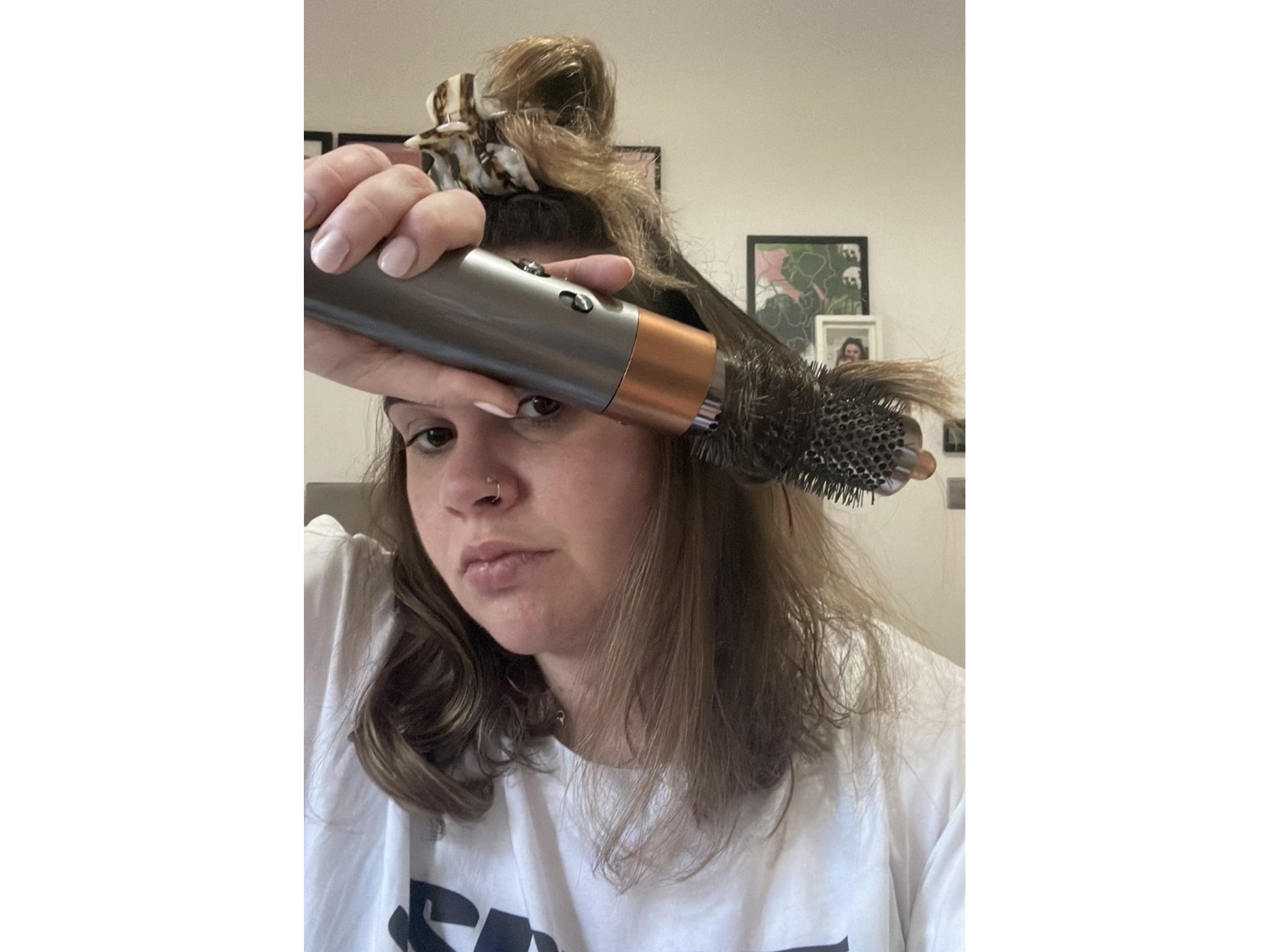
One of the other key features of the original airwrap is the drying attachment. In the original line-up, it was reminiscent of Dyson’s Supersonic hairdryer, but that’s been replaced with a new smoothing attachment.
It has a dual function; first it can be used to roughly dry hair all over (ideally it should be around 80 per cent dry before styling) and then it can be flicked into smoothing mode, which works in the same way as the supersonic’s flyaway attachment. That’s the conader effect in full flow here, as it works to attract and lift longer hairs to the front, while the second stream of air pushes shorter flyaways out of sight – clever. It’s a technique inspired by the way hairdressers use brushes to create smooth, sleek blow dries with a hairdryer.
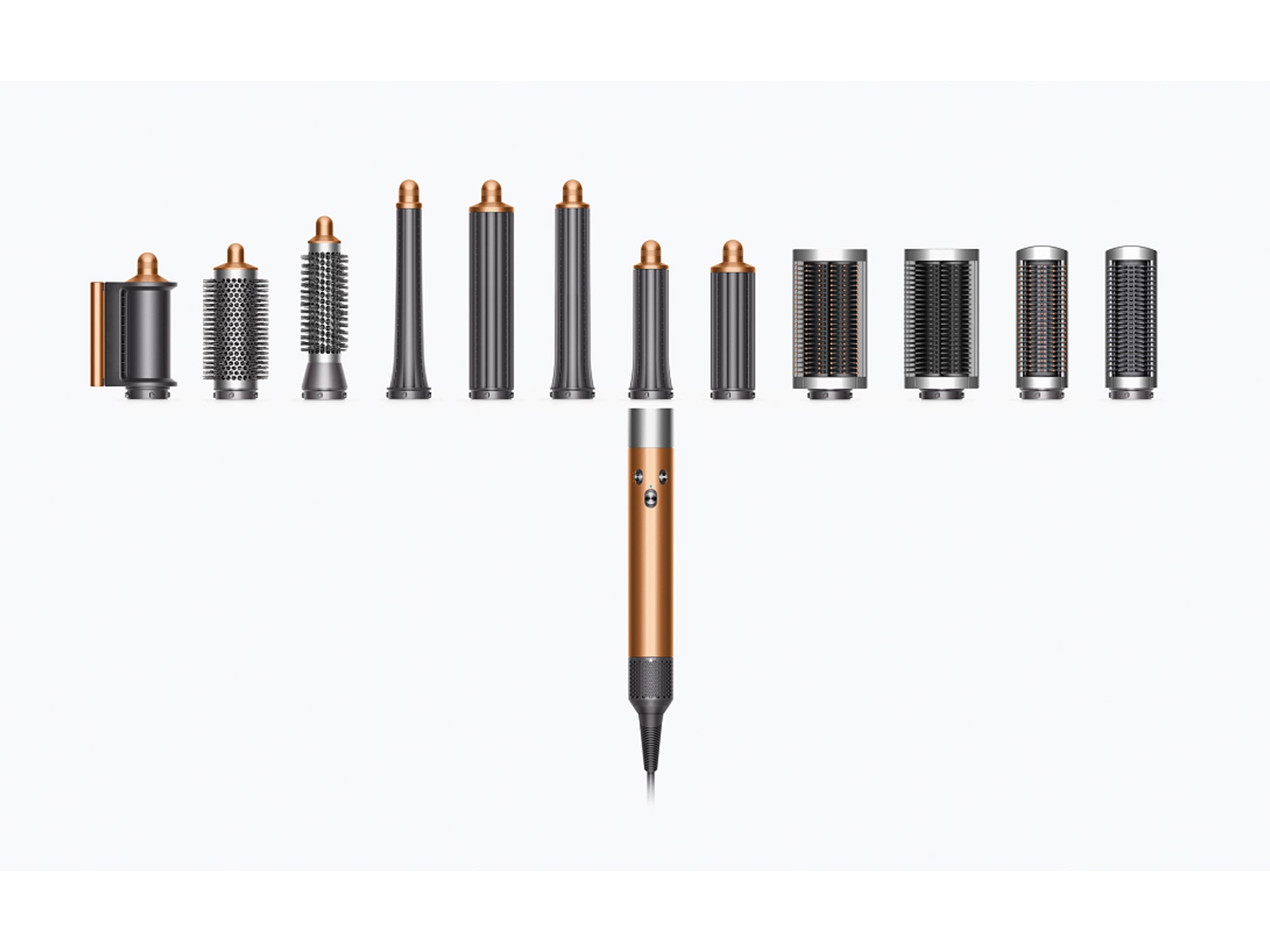
Then there’s two new hair brush attachments, one with softer bristles and one with firmer bristles, which have been created to help straighten hair more easily while taking into account hair thickness, type and even scalp sensitivity.
How does the new Dyson Airwrap compare to the original?
In terms of appearance, weight and feel, there are very few differences between the new and original airwrap. The real changes come from the faster airflow – which our tester did notice, and it meant she got a slightly faster drying time – and being able to switch between clockwise and anti-clockwise quickly and easily when curling really did make a difference.
While it was definitely less faffy, our tester found it better to switch the device off and then flick the switch when styling. So, although there’s less steps involved than before, and it is more straightforward, it’s still not an entirely seamless experience – something that, on a regular curling tong, would just involve turning the tool the opposite way.
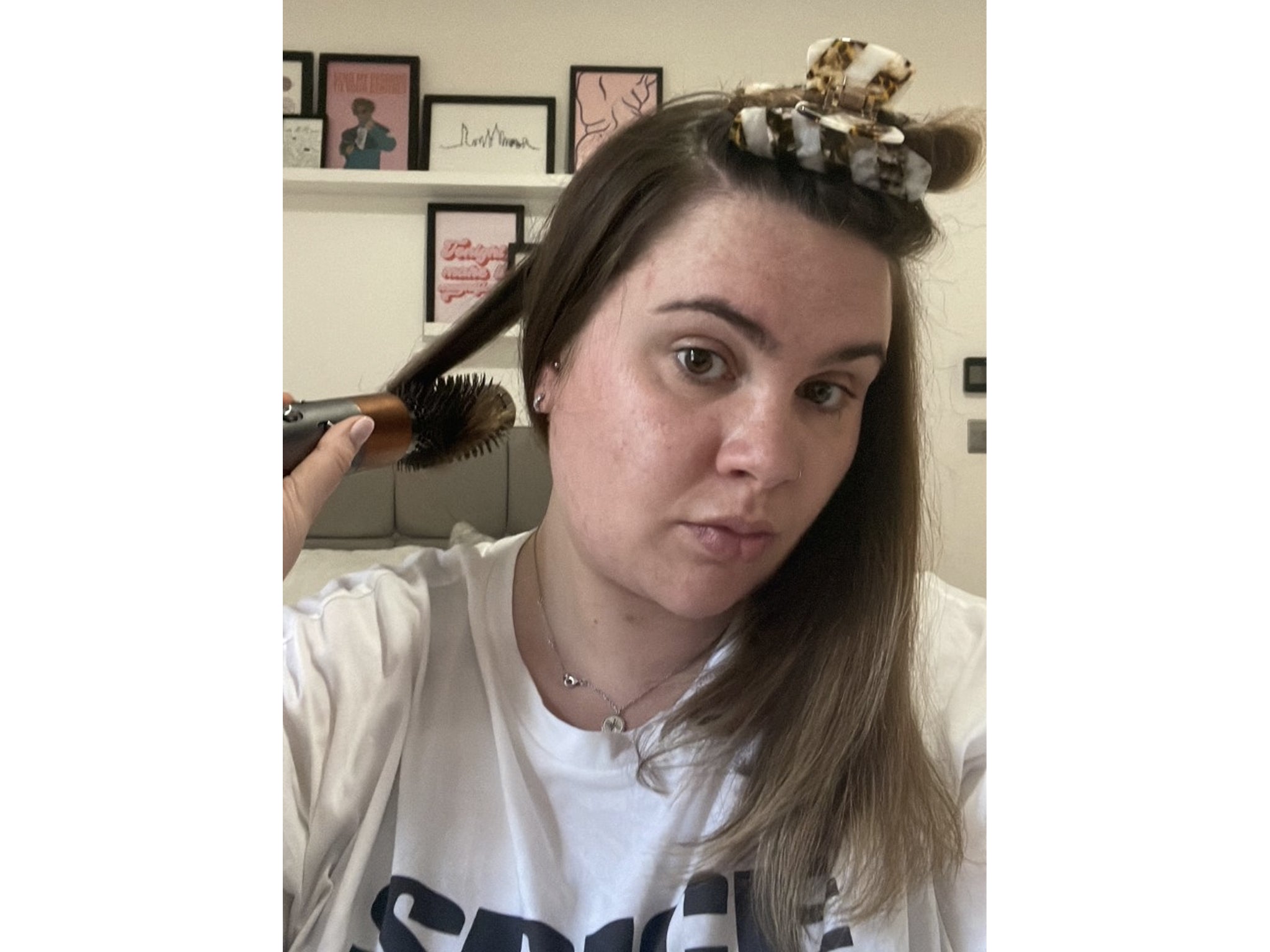
However, the drying attachment is worth shouting about. As somebody who hadn’t tried the supersonic version, using it was a whole new experience for our tester.
Yet, despite looking complex, using it was super simple and straightforward. It dried and smoothed hair quickly and easily, with minimal effort needed. And the round brush was also a welcome addition here too, as our tester loved using it to dry her hair for a blowdry-esque finish – again, this is something that she would usually have to use a hairdryer and straighteners to achieve.
Finally, the two brushes – one firm and one soft – were a nice extra. The softer of the two is more gentle on the scalp, while the firm one is great for brushing through thicker hair. Our tester has fine hair but there’s a lot of it, and she also has a sensitive scalp in some areas so there was definitely a place for both as far as she is concerned.
The differences in the finish between these brushes and the round brush were minimal, though, but that perhaps says more about skill level than anything else. With practice (and slightly longer hair), our tester is hoping that the round brush will create a more voluminous, bouncy style, while the brushes will be good for straighter styles.
Voucher codes
For the latest discounts on hair tools and other offers on beauty tech, try the links below:
Is the Dyson supersonic hair dryer worth its £300 price tag? We put it to the test to find out – here’s our review
